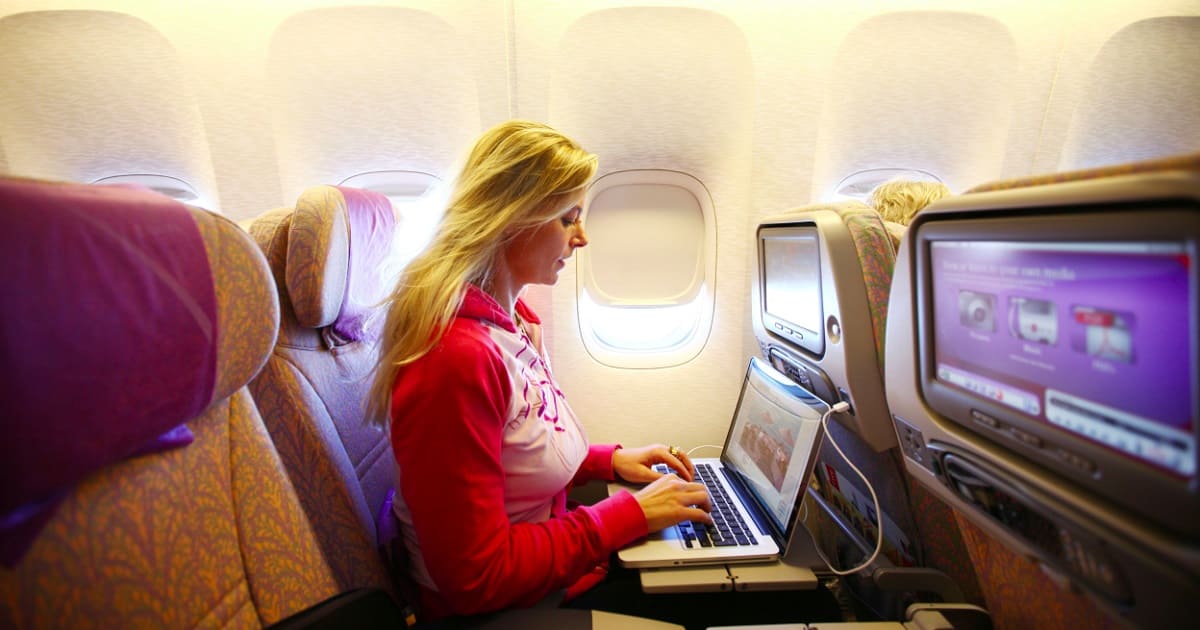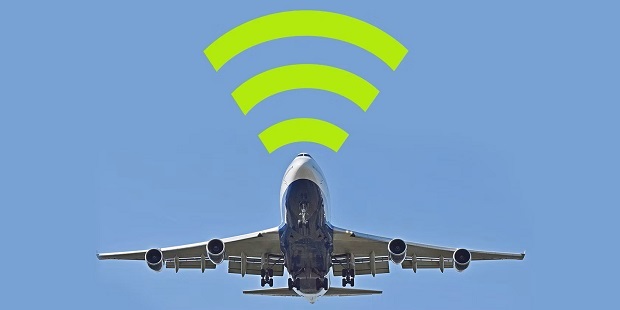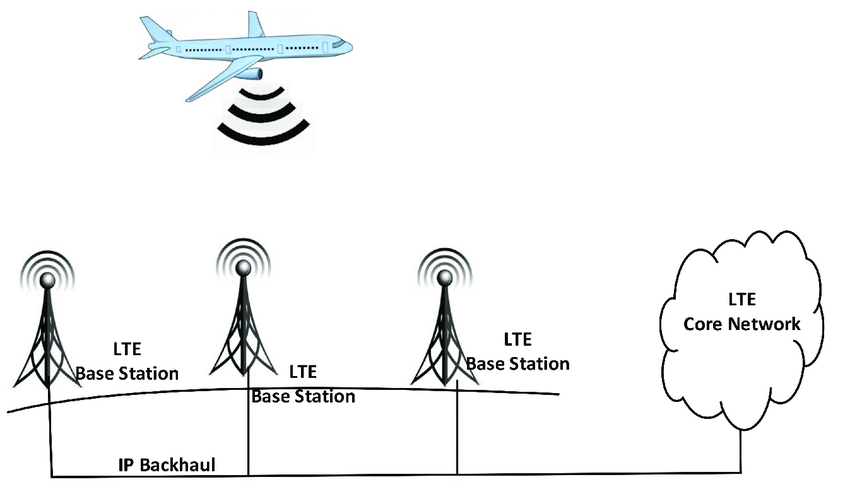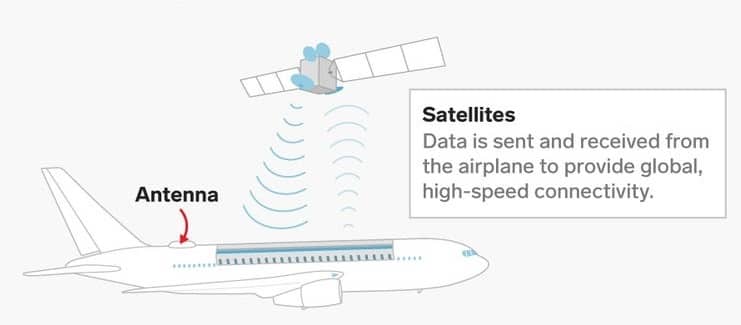
Internet connectivity and air travel were formerly thought to be mutually incompatible. It requires travelers to switch off from the digital world while in flight. However, due to technological improvements, the air transport sector has seen a substantial transition recently.
One significant change that has caught everyone’s attention is that their flights are no longer a no internet zone. The Indian government allowed airlines to provide in-flight Wi-Fi services in March 2020, completely altering the experience.
ADVERTISEMENT
Flights used to mean being cut off from the internet, but thanks to this advancement, we are now always connected online. We are able to make calls, check social media, view movies on websites like YouTube, and even respond to business emails.

With the advent of in-flight Wi-Fi, air travel has undergone a transformation, giving passengers Internet connectivity on their protracted journeys
When in-flight entertainment options are scarce or unpleasant, online entertainment becomes a lifesaver.
With the ability to access the internet while airborne, passengers can remain connected to their social networks, maintaining communication with friends and family throughout their journey. This connectivity also enables business travelers to stay productive. Due to this, they are engaged with their work responsibilities, ensuring that no valuable time is lost while in transit.

However, have you ever wondered how this is made possible? We have shared just that in this article.
ADVERTISEMENT
Here is the working method of in-flight internet
In-flight internet systems primarily rely on two technologies: air-to-ground and satellite-based systems.
Air-to-ground system
An air-to-ground system is a system where an antenna installed on the aircraft picks up signals from the nearest ground tower. Its connection remains seamless up to a certain altitude unless the aircraft passes over areas without ground towers. In general, ground towers project signals upward, and the onboard antennas used in this case are fitted beneath the airplane.
Additionally, the satellite-based Wi-Fi system uses satellites to transmit signals to a ground-based transmitter before reaching the onboard antennas. It is particularly effective when the aircraft is flying over the sea.

Satellite-based Wi-Fi system
The second system uses the technology in which satellites beam signals directly to antennas installed on the aircraft. In a satellite-based Wi-Fi system, the onboard antennas are fitted on the top side of the aircraft. They constantly adjust their position to receive signals.
Later, the data is transmitted to the personal devices of passengers through an onboard router. The router is connected to the aircraft’s antenna. When the aircraft reaches an altitude of 3,000 meters, the onboard antenna switches to satellite-based services.

In conclusion, in-flight Wi-Fi’s emergence has revolutionized air travel by enabling travelers to remain connected to the online world. With the use of both systems, airlines make Wi-Fi technology available for passengers so that they can easily access internet services while flying through the air.
ADVERTISEMENT
Also read: Ever Wondered Why Airplanes Don’t Fly Over The Himalayas And Pacific Ocean? Here’s Why
ADVERTISEMENT











